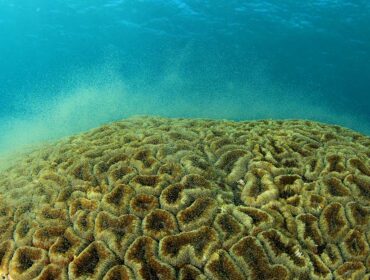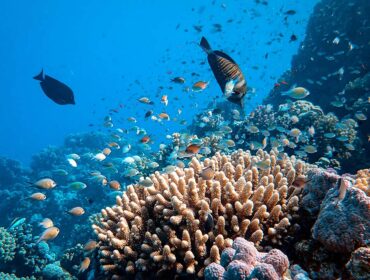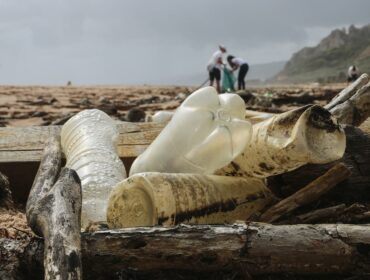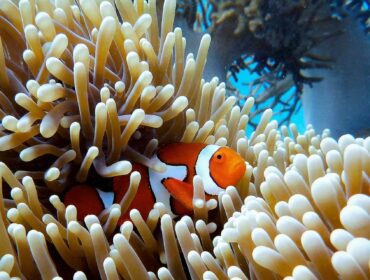 There’s quite an influx of news about ocean acidification lately, even as the global warming debate rages on. Whether or not you subscribe to the “umbrella” theory of climate change, there are changes happening on our planet that are just plain undeniable. Although the Earth has a long history of climate changes induced by nature, the concern we face now is changes that are a direct effect of human activity. Obvious damage, like an oil spill, invokes a more spirited reaction from the world because the effects are visible and widely felt. But just because we can’t see damage happening before our eyes doesn’t mean it isn’t happening. Let’s take a look at the causes of ocean acidification and its effects on the planet.
There’s quite an influx of news about ocean acidification lately, even as the global warming debate rages on. Whether or not you subscribe to the “umbrella” theory of climate change, there are changes happening on our planet that are just plain undeniable. Although the Earth has a long history of climate changes induced by nature, the concern we face now is changes that are a direct effect of human activity. Obvious damage, like an oil spill, invokes a more spirited reaction from the world because the effects are visible and widely felt. But just because we can’t see damage happening before our eyes doesn’t mean it isn’t happening. Let’s take a look at the causes of ocean acidification and its effects on the planet.

Every manner of biology on Earth falls somewhere on the pH scale. The pH scale was developed to determine how acidic or alkaline the planet’s structures and inhabitants are. The most acidic measure of the scale is zero, while the most alkaline is 14. Pure, de-ionized water is considered neutral at 7, and the world’s oceans currently measure 8.1. This is in comparison to the pre-industrial age, when the pH of the ocean was 8.2. It may not seem like much of a drop, but the rate at which it is dropping has accelerated since the beginning of the industrial age, showing that our added carbon emissions into the atmosphere is affecting the ocean’s pH level. The further the ocean’s pH dips below neutral into acidic, the more drastically ocean ecology changes while struggling to adjust to a pH level that is damaging to their biological functions.
The ocean acts as a sink for the world’s carbon emissions, absorbing and storing them in its depths. It takes in about one third of atmospheric carbon emissions produced by human activity. When carbon dioxide meets the ocean surface, a series of reactions take place to form carbonic acid, bicarbonate ions, and finally, carbonate ions.

Many species take in carbonate ions to form calcium carbonate, the substance with which many invertebrates form their structural makeup, found in the oceans’ dissolved minerals and sediments. However, calcium carbonate reacts with increased levels of CO2 to form more bicarbonate ions than carbonate, reducing the resources necessary for animals that rely on carbonate for survival. Additional hydrogen ions increase the pH of the ocean water, making carbonate production even scarcer.
The implications that carbonate loss has for the ocean’s future are serious. Ocean acidity causes shell structures for many species to dissolve, while preventing formation in future generations. Mollusks, corals, and crustaceans are a few species that will experience direct effects of ocean acidification. Corals react to acidification by weakening their skeletal density, resulting in a more fragile habitat for thousands of species.

Sea plants and kelp are smothered by algal blooms, resulting in many species that call the kelp forests home being choked out in search of food and shelter. Photosynthetic processes are blocked on the coral reefs by the acidic algae, keeping life from forming. Overfishing of the world’s reefs are already beginning to cause desperation in some areas. If there are no coral reefs, people will have to forge another way for survival.
Reducing carbon emissions at this point is a process much easier talked about than done, for that there is no argument. But we still would do well for ourselves to be more aware of what our contribution to carbon emissions may be, and ways that we might be able to minimize our contribution to this growing problem.
Do you think we’ll be able to reduce carbon emissions enough to stop ocean acidification?
Photos via ryochiji, NOAA’s National Ocean Service, mattk1979, eutrophication&hypoxia,





